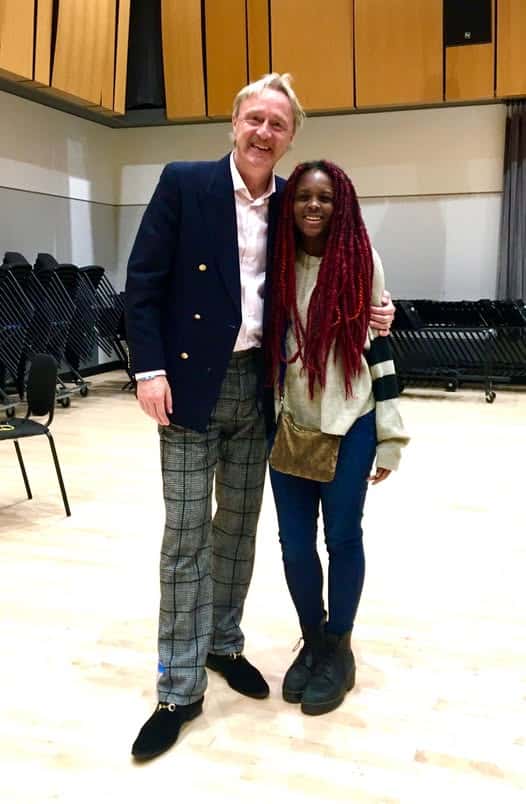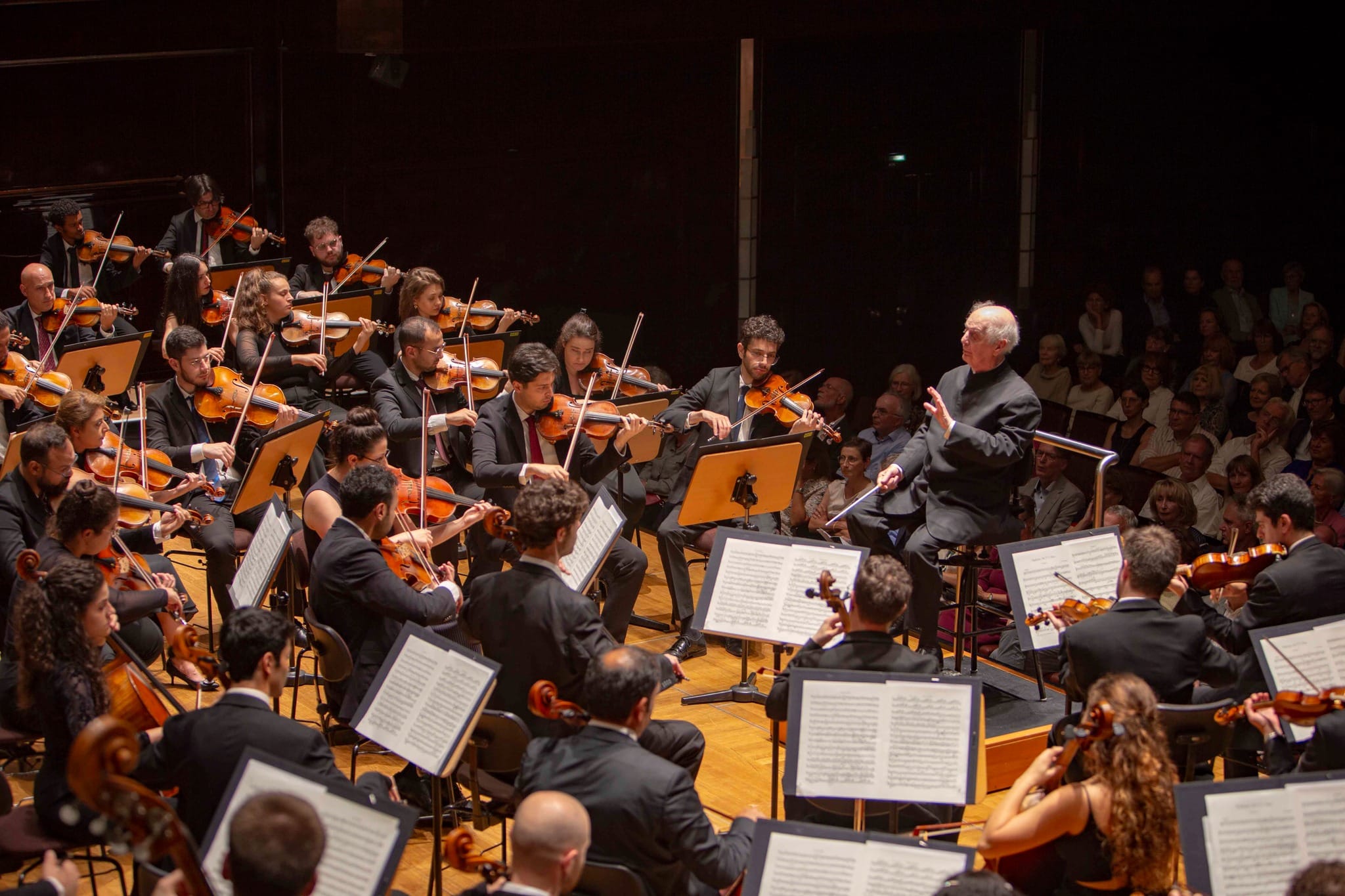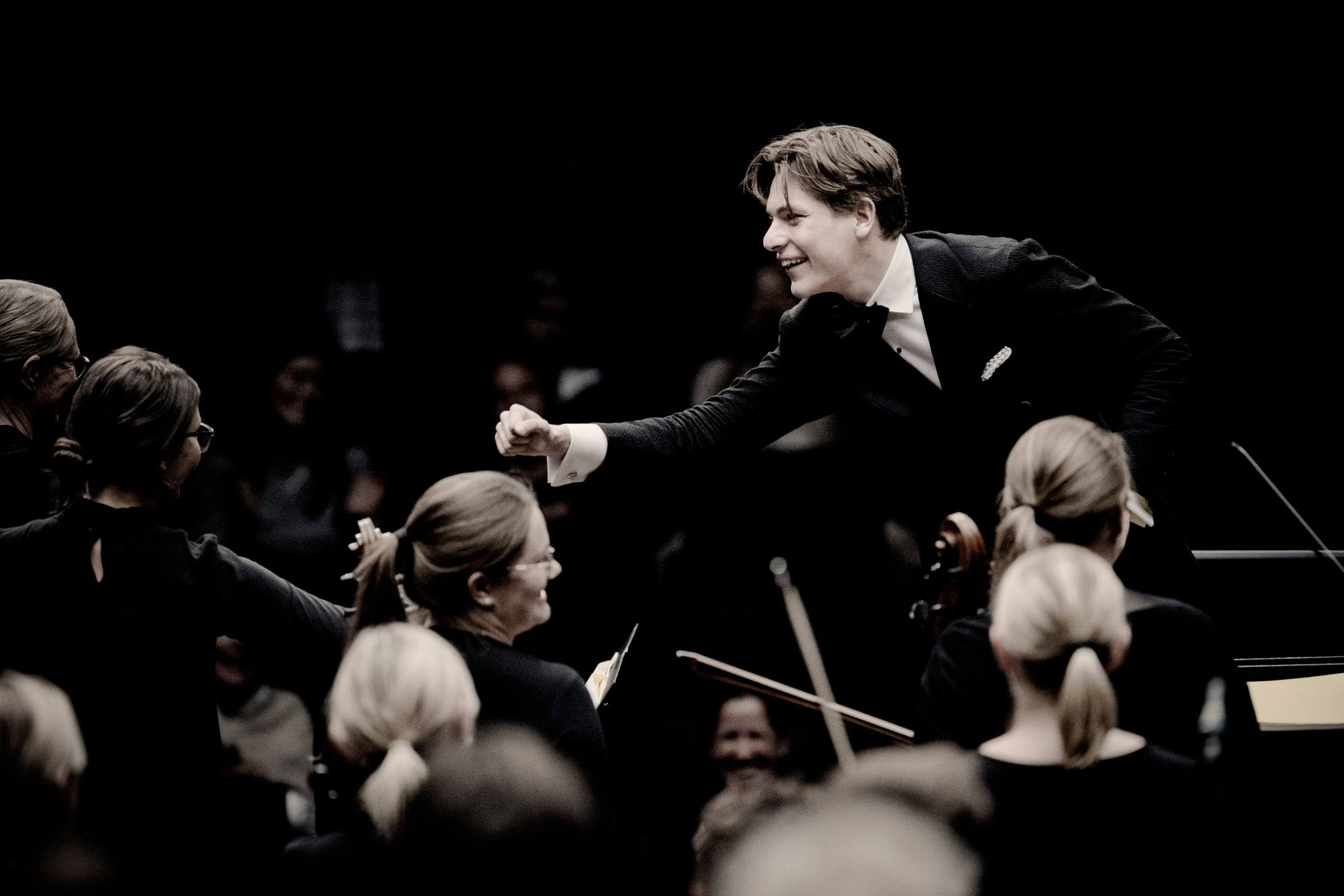Who gives a Fach about mezzos?
mainOne of the weekend’s better lists. Read here.

Sample: You have to tailor your headshots for the only three roles you can get: witches, bitches, and britches.

One of the weekend’s better lists. Read here.

Sample: You have to tailor your headshots for the only three roles you can get: witches, bitches, and britches.
A social media activist has circulated a video…

A PR informs us this morning that the…

The Berlin State Opera communicated tonight that its…

Zachary Woolfe, chief music critic of the New…

Session expired
Please log in again. The login page will open in a new tab. After logging in you can close it and return to this page.
What is the difference between alto and mezzo and why is one word used and not the other?
True altos, or contraltos like Marian Anderson, Kathleen Ferrier, Ewa Podle, Clara Butt, etc., are relatively rare on the lower end of the scale as coloraturas are on the higher end. Most of us are in the middle of the bell curve. I have seen or heard very few in my lifetime. There were two ladies however who could go down to an A, a tenth below Middle C. One had a really beautiful low voice that her teachers were trying to train her out of. Another woman could go down there as well but easily sang soprano – go figure!
Alto (or in full: contralto) is lower than mezzo (in full: mezzo soprano or ‘half soprano’).
Alto: think Katheleen Ferrier.
Mezzo: think Janet Baker
Thank you. I was confused since this seems to be about mezzos not contraltos. I’m fairly certain I’ve heard “alto” used for choral work, and it suggests the same range as mezzo in that usage.
The origin of the word “alto” is the higher part set above the tenor (the “held” part) in Medieval church music. In four part music it is still higher than the tenor but lower than the sopranos. The lower women’s voices usually sing alto. Countertenors can do that as well (which sort of brings back old history).